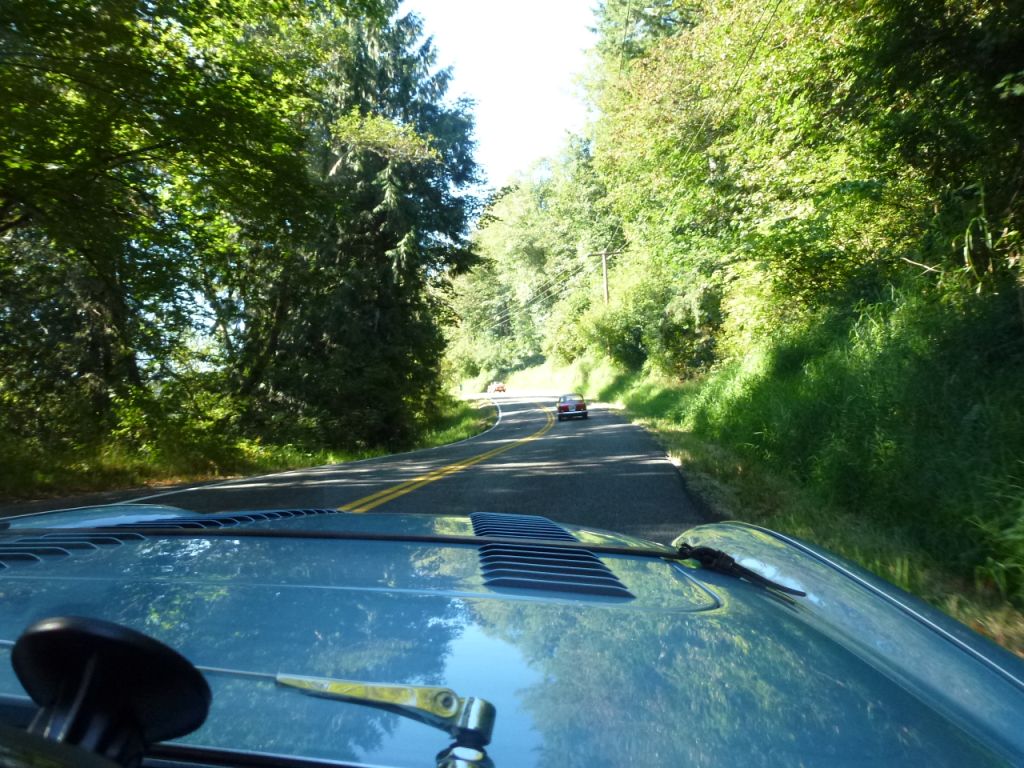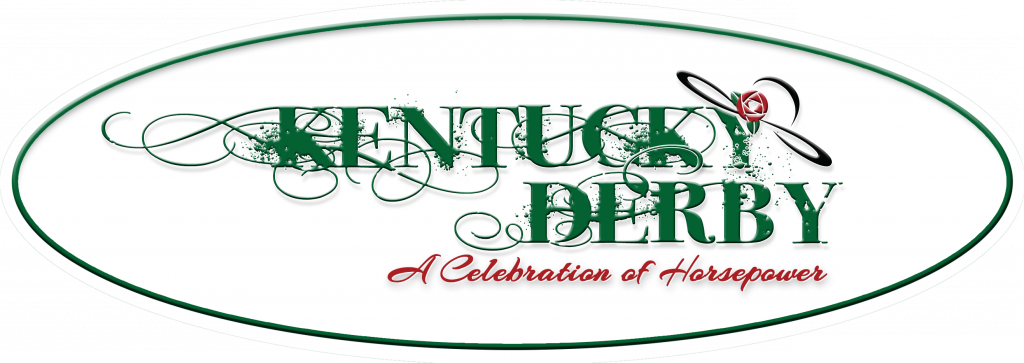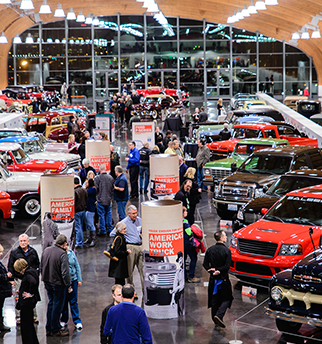Some Tips on Leading a Road Tour
 Should you find yourself charged with organizing and leading a car club road tour, here is a list of tips””based on direct experience””that might come in handy, Keep in mind this is for a low-key, relaxed, non-competitive tour”¦ you know”¦ five-max over posted speed and no timed checkpoints.
Should you find yourself charged with organizing and leading a car club road tour, here is a list of tips””based on direct experience””that might come in handy, Keep in mind this is for a low-key, relaxed, non-competitive tour”¦ you know”¦ five-max over posted speed and no timed checkpoints.
The cars
Unless it’s a come-one-come-all tour, be very specific about the type and vintage of cars that are eligible. For instance, it could be pre-1980 sports cars, all makes or Mustangs of any year. As to the number of cars, 8 to 12 is perfect. More than that and numerous logistical complications expand exponentially.
The route
Avoid the Interstate; choose scenic routes with nicely spaced points for rest stops, eating, gas and overnight stays. Check with DOTs in each state to get current info on road closures and construction. It’s also helpful to know where ethanol-free gas can be found”¦ there’s an app for that.
Daily distances
Try to keep the longest daily leg less than 300 miles, 250 +/- is perfect. Reduce it a bit each day. 150 to 175 miles on the last day is a good low-key way to end the tour. Try to arrive at each day’s destination about 3:30 to 4:00 pm. It gives people time to unwind, look around or hit the pool before dinner. 9:00 to 9:30 am is a nice relaxed departure time.
Communication
Everyone should have a charged cell phone and a list of other participants cell phone numbers. Forget walkie-talkies, most people don’t know how to operate them and they’re distance limited.
Breakdowns
Have a AAA card and a clear policy on this. Is it “you’re on your own sister” or, “we’re with you to the bitter end?” I suggest rendering aid until it’s obvious amateur help is futile”¦ then it’s “call for help and meet us down the road.” Be sure to keep an eye on the ammeter as well as gas and temp. Electrical issues are numero uno in old cars”¦ especially with Brits.
Dining
First off, there is no law that says everyone has to eat together. Second, not everyone likes Thai food, or seafood, or BBQ. Allow people to partner up as desired and eat where and how they want. If possible, choose restaurants within walking distance of where you’re staying. There are downsides to banquet style seating. It can be a logistical hassle and limit restaurant options. It slows service (one end of the table is having dessert while the other end is still waiting for the salad), you can’t talk to more than three or four people anyway and it often adds a surcharge to the bill.
Accommodations
There are basically two types, modern and “historic.” Some people find old hotels charming, some don’t. As with dining, allow tour participants a choice and just have a “meet at such-and-such a time at such-and-such a place” for the next day’s departure.
One more thing
Avoid discussions centered on politics and religion”¦ too polarizing! Stick to telling funny self-deprecating stories, discussing the ride, the weather or “how about those Huskies – Ducks — Seahawks or (insert favorite team here).”
Now, enjoy the ride!
Read More
 You know how sometimes when you pay a return visit to a museum it’s like, “been there, seen that?” Well that’s never the case at America’s Car Museum. From its opening on June 3, 2012, the Museum has taken innovative steps to avoid being a “˜one and done’ destination by continually refreshing the visitor experience… all year round.
You know how sometimes when you pay a return visit to a museum it’s like, “been there, seen that?” Well that’s never the case at America’s Car Museum. From its opening on June 3, 2012, the Museum has taken innovative steps to avoid being a “˜one and done’ destination by continually refreshing the visitor experience… all year round.